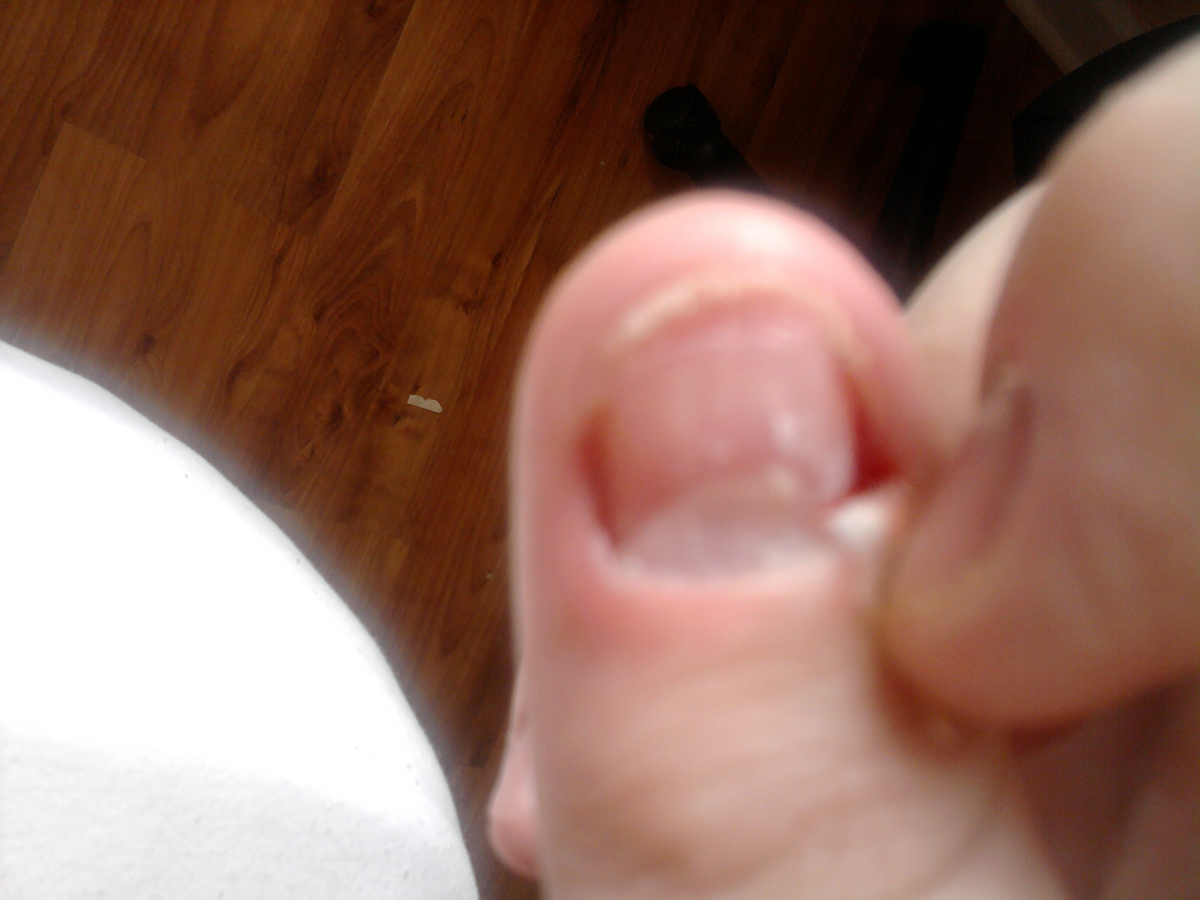
Everyone who has had fungal nail infection at some point in their life will testify that the treatment of this infection can be very long, tedious and frustrating. Fungus is very persistent and it takes a lot of effort and time to eliminate it, especially if it is located underneath the toe, where it is hard to reach with topical treatment.
If treatment with the oral prescription medication, topical ointments, homeopathic or home remedies fails to cure nails affected by fungus, there is one more alternative- laser.
How does it work?
This procedure is done with Pinpointe Footlaser or with Noveon Laser technologies. The manufacturers claim that they are 88% effective and Noveon is already been used in dentistry, eye surgery and for permanent hair removal.
In this procedure the laser beam is pointed directly at the surface of the nail, goes through it as well as through skin to eliminate all the fungus that may be there. When it penetrates the nail, the laser beam kills not only fungus but bacteria and viruses as well. A grid pattern is used on the surface of the nail to make sure that every millimeter of it is covered, because it is very important to kill all the fungus, otherwise they will just grow back.
The treatment usually lasts for about half an hour and the doctor or the technician will cover all the toenails, not just the visibly affected one. People who have underwent this procedure claim that it is painless and the only sensation they felt was tingling. There is no specific recovery process after this procedure and patients can resume their everyday activities right away. The appearance of the nail will not improve at once, because it takes some time for a new nail to grow, but the nail will certainly be fungus-free.
FDA approval and costs
Pinpointe and Noveon laser technologies have not yet been approved by the Federal Drug Administration for the use on toenail fungus. They have, however, been cleared for some other medical procedures. This does not mean that the doctors whose practices use this technology to treat toenail fungus break the law in any way, because the FDA does not regulate medical practice.
This procedure is not cheap. Depending on the practice, it costs from $900 to $1200 but the people who have done it claim it is worth every penny. Laser surgery for toenail fungus is not covered by the health insurance because it is not FDA approved for this use yet.
What it all comes down to is that the laser surgery for toenail fungus is a matter of personal choice and it is recommended to discuss al pros and cons with the doctor. This procedure is recommended especially for the people who have exhausted all other options in treating the fungus.


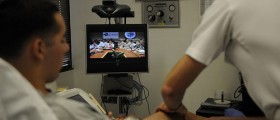

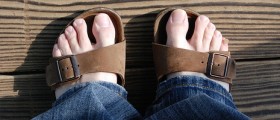

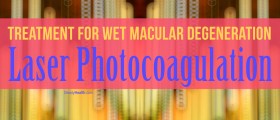

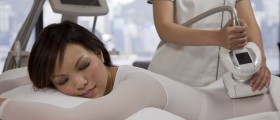


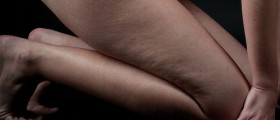

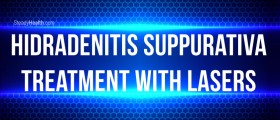



Your thoughts on this
Loading...